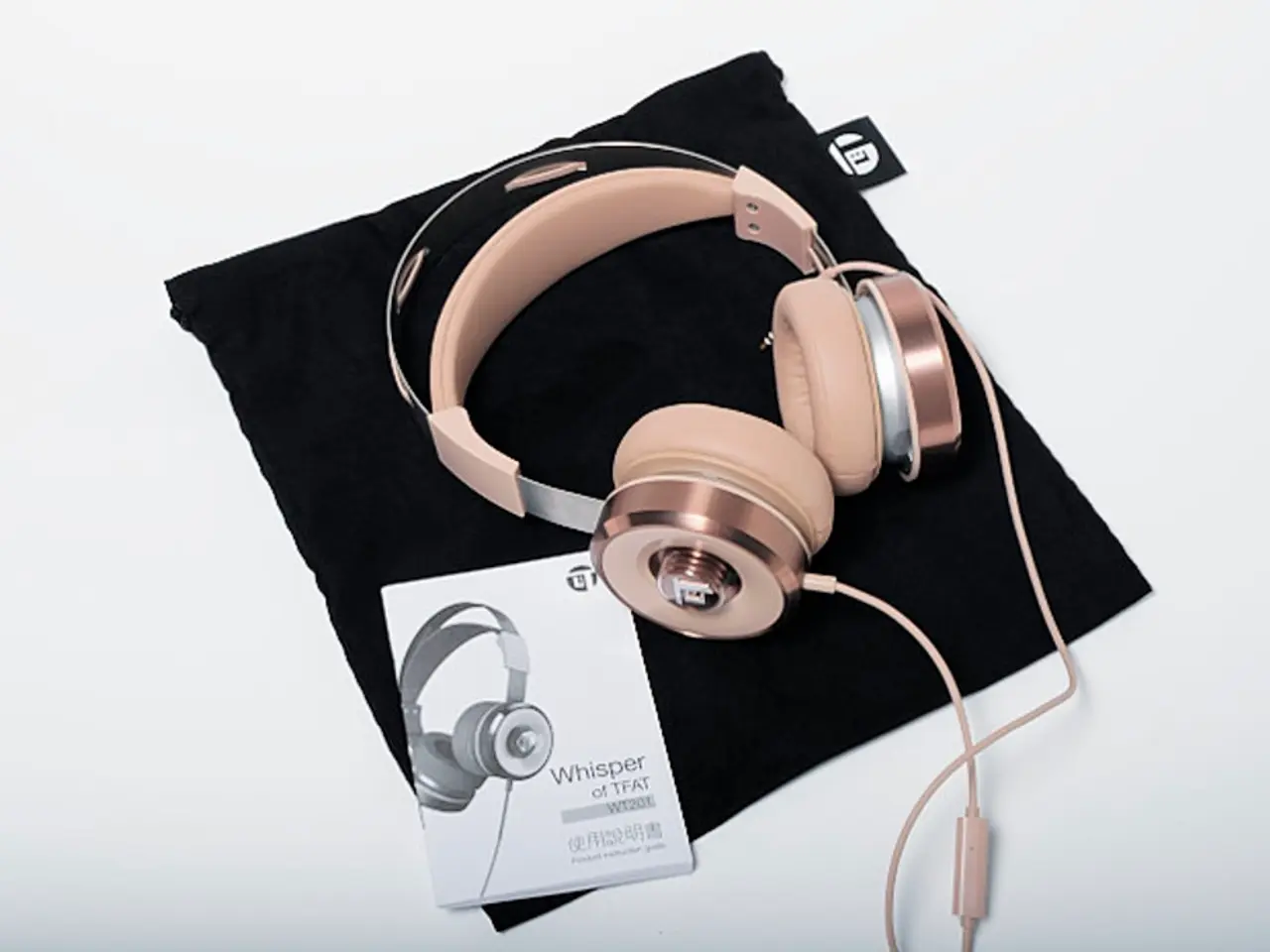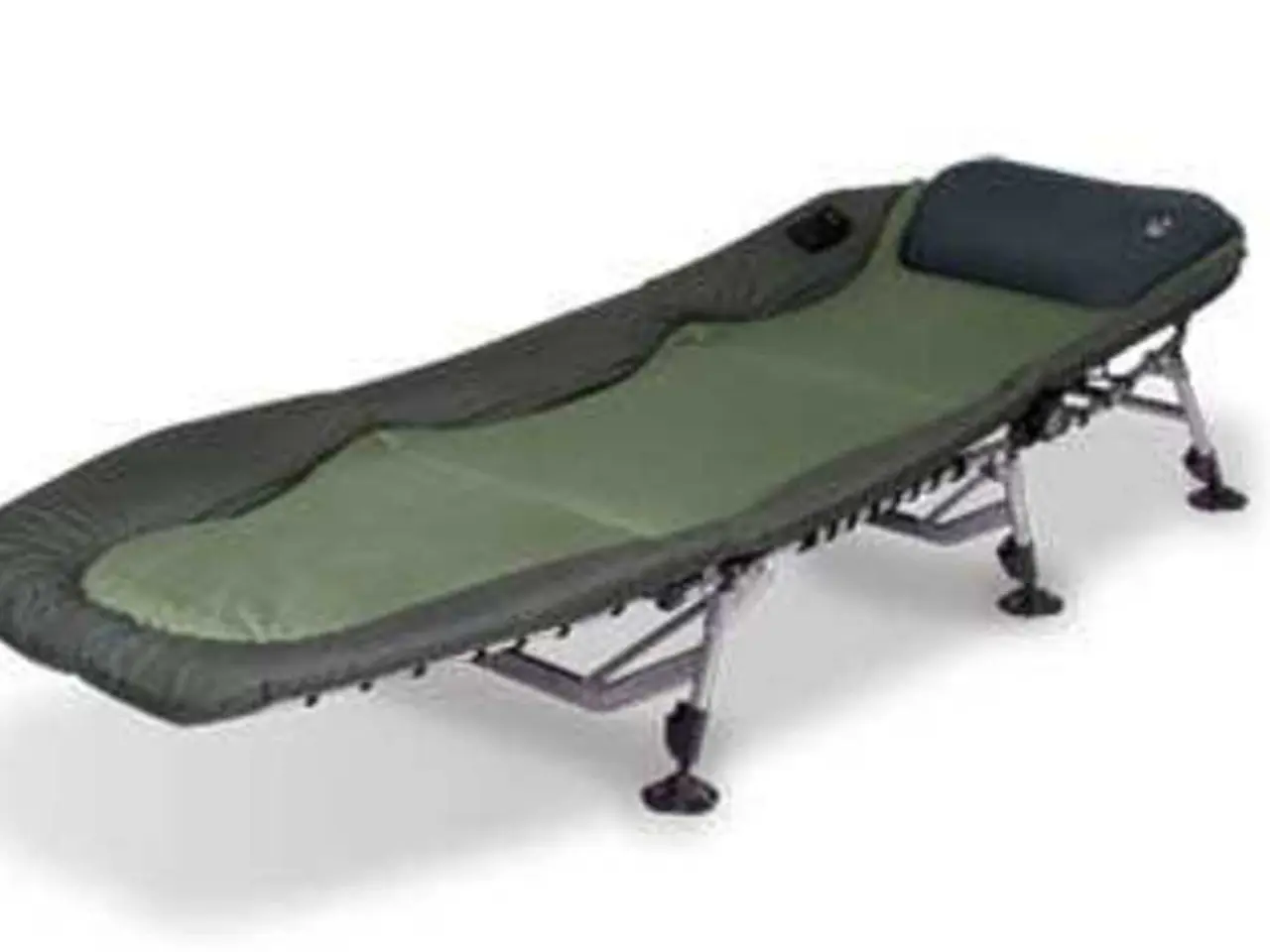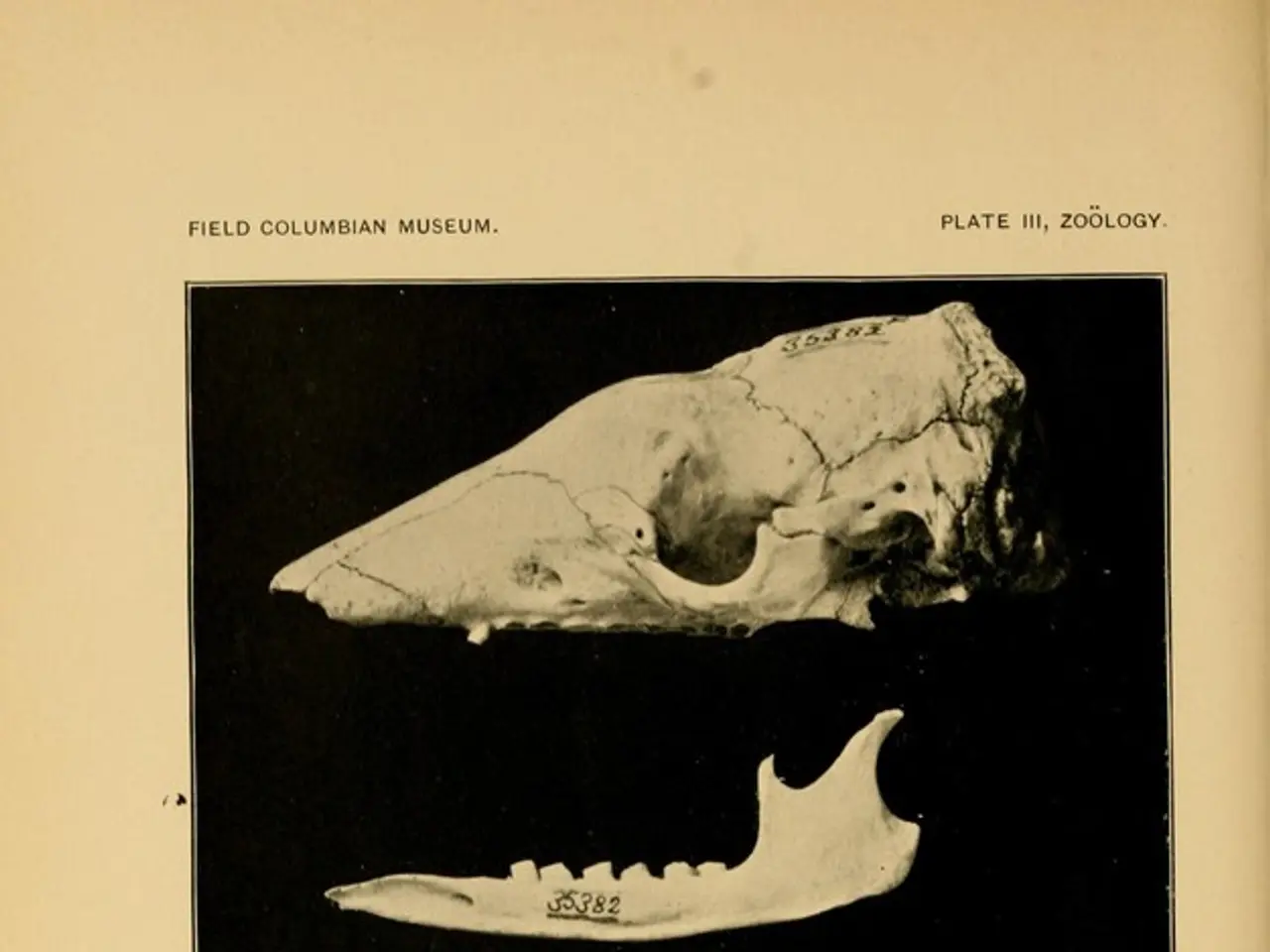Safe Methods to Relieve Ear Pressure: 8 Strategies and Solutions
In the world of ear health, maintaining equal air pressure in the middle ear is crucial for overall comfort and hearing. Here, we explore common methods and devices designed to help clear blocked ears and regulate air pressure.
For infants and babies, providing a pacifier can help them suck and swallow, aiding in the clearance of their ears. As for adults, yawning, chewing gum, and swallowing are simple techniques that stimulate the muscles which open the eustachian tube, helping to equalise the air pressure.
When it comes to more specialized methods, the Frenzel maneuver and the Toynbee maneuver are often recommended. The Frenzel maneuver involves pinching the nose closed and using the tongue to make a clicking or "K" sound, while the Toynbee maneuver consists of pinching the nose closed and swallowing.
In addition to these techniques, there are various devices available to help clear the ears and manage blocked ears, particularly during activities that change air pressure, such as flying or deep-sea diving.
Earplugs, while primarily serving to reduce noise exposure and protect hearing, can indirectly relieve ear strain and discomfort caused by loud sounds. However, caution should be exercised when using reusable silicone plugs, as they can potentially cause infection or discomfort if misused.
Otovent, a balloon device, is designed to help open the eustachian tubes by gently inflating the nasal passages, thereby equalising middle ear pressure. It is especially useful for children suffering from conditions like ear barotrauma or chronic ear infections.
EarPopper, an electronic device, delivers controlled air pressure through the nasal passage to target the eustachian tubes and promote drainage and pressure equilibration. It is beneficial for conditions such as ear barotrauma, Eustachian tube dysfunction, and middle ear congestion.
In summary, earplugs mainly protect from noise-related discomfort and do not actively clear ear blockages, whereas Otovent and EarPopper are more directly effective in regulating air pressure and clearing blocked ears. Users should employ silicone earplugs carefully to avoid complications.
In cases where common methods and devices fail to provide relief, medical intervention may be necessary. Medical conditions, such as infections, may require antibiotics, medication, or even surgery in rare cases.
In conclusion, understanding the various methods and devices available to help clear blocked ears and manage air pressure can greatly improve overall ear health and comfort. Whether it's a simple technique like swallowing or a specialized device like Otovent or EarPopper, there are numerous options to choose from. Always remember that proper use and caution are essential to maintaining ear health.
FAQs:
1. What to do if ears will not pop? - Consult a healthcare professional for further guidance.
2. How to unclog ear pressure? - Try manual techniques like the Valsalva maneuver or seek medical advice if the issue persists.
3. Is it safe to try and pop the ears? - Yes, but be mindful of the techniques used and always prioritise safety.
4. How to pop the ears by pulling? - Pulling the earlobe to pop the ears is less recommended compared to methods like swallowing, yawning, and chewing gum.
- For infants and babies, providing a pacifier can aid in clearing their ears, while adults may find relief through simple techniques like yawning, chewing gum, and swallowing.
- More specialized methods such as the Frenzel and Toynbee maneuvers are often recommended for adults to help regulate air pressure and clear blocked ears.
- In addition to these techniques, devices like Otovent and EarPopper are available to help clear the ears and manage blocked ears, particularly during activities that change air pressure.
- Earplugs, while primarily serving to reduce noise exposure, can potentially relieve ear strain and discomfort caused by loud sounds, but users should exercise caution when using reusable silicone plugs.
- Conditions like ear barotrauma, Eustachian tube dysfunction, and middle ear congestion may require more direct methods like Otovent and EarPopper to regulate air pressure and clear blocked ears.
- In cases where common methods and devices fail to provide relief, medical intervention may be necessary to address underlying infections or other medical conditions.




